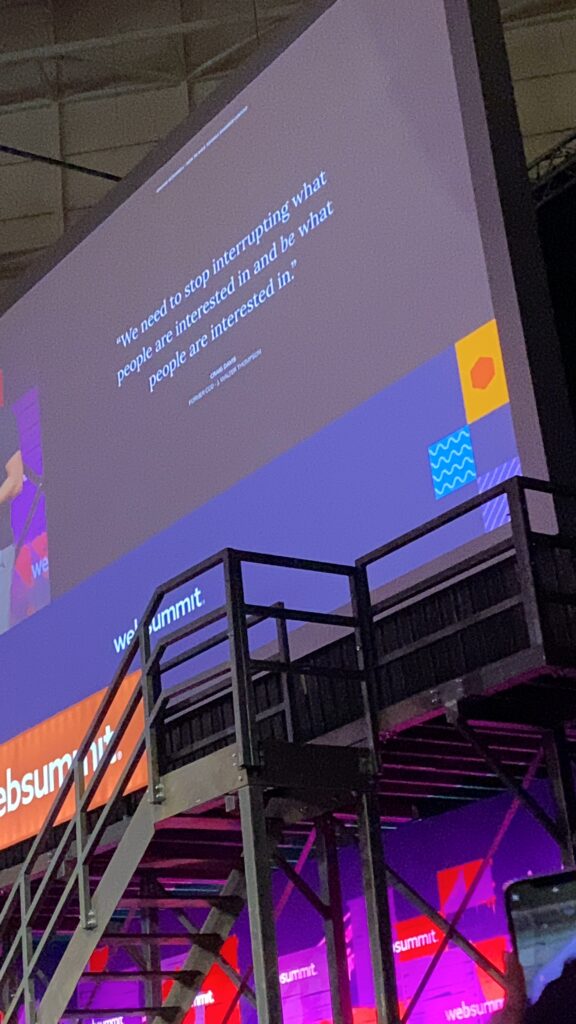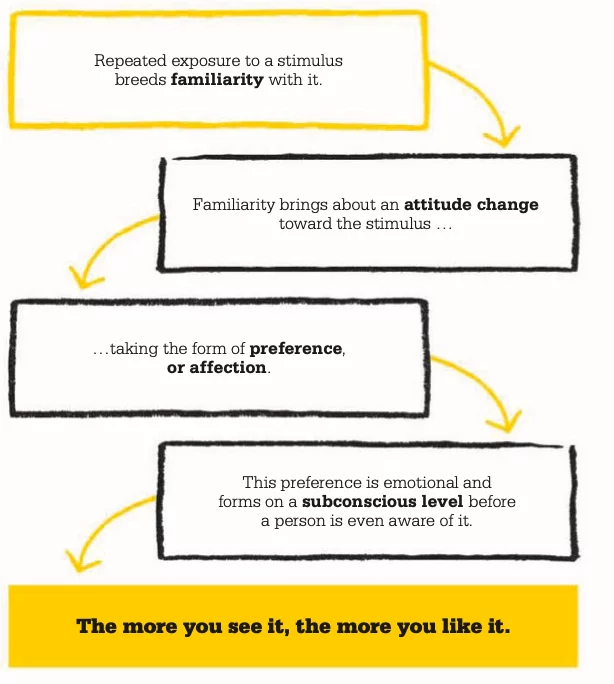I’ll be a bit serious, sorry guys, no more jokes.
In this article, I’ll point out how to use social media for your business and discuss how to decide on your content. A big plus, I’ll not talk about common social media strategies like using hashtags, finding SM influencers, creating giveaways, and these types of overtalked points.
Here we go.
59% of the world’s population uses social media. (Source).
Social media has become everything – from a way to connect with new people to a way to make money. It has turned into something that we can’t live without – it has become a part of our lifestyle. It’s no surprise that the first thing we do when we open our eyes in the morning is check our phones – social media.
We shouldn’t consider social media just only a pastime activity. As the number increases, it means more customers, more business potentials, more professional opportunities!
There are people who got the point – use social media for their own professional advantages, and have been making money from social media.
Social media is lit. For everyone. For everyone to find anything they are looking for and for everyone who wants to be found.
The authenticity of social media marketing
Social media has become an integral part of marketing for almost every business.
It’s the most accessible and effective way for small businesses, including individual people, to build online presence, reach new customers, and improve content marketing without spending too much on advertising.
- 40% of Gen-Z prefers searching on TikTok or Instagram over Google.
- YouTube is the second most popular search engine next to Google.
- 83% of Instagram users say it helps them discover new products and services.
- Facebook averages over 2 billion searches a day.
As you see, there are a considerable amount of opportunities that social media may provide for eCommerce businesses.
I don’t wanna talk about each platform, so I don’t lose my focus. Next time guys, next time.
Now, the question is:
Which social media platform fits best to your business? Where to start?
When choosing a social media platform, you should take into account the type of your business, your target audience, and goal for using social media. That’s wrong.
Marketers may say that choosing the right social media channel for your brand depends on your product or service you’re offering. For instance, it may sound absurd, say, for a SEO company to use TikTok at first thought.
I don’t think so. Here’s why.
The challenge about social media is not about which one to use, but rather how to make the most of it, and how to reshape your social media activities – content to talk to users on each platform accordingly. And, it’s not only about selling and finding new prospects, but also how you convert them to be your prospects on the platforms they are.
The thing is, unless you know how to present your brand in the right way on each social media channel, people will not know if they need your products & service or not.
Let’s take an example of TikTok. Why are people on TikTok? Because TikTok has its own video clips styles. What people follow on TikTok? The accounts that speak to their interests (hiking, cooking, cat videos, etc.), and TikTok suggest accounts based on one’s interests.
Now getting back to the SEO company example: why a digital marketer, the one that gives tips on SEO, not share his content with a TikTok clip style? And, why a TikTok user, whose interest is digital marketing, not follow that guy? Do you see where I’m going?
And, that applies for each social media platform. [TikTok & SEO is an extreme example here]. People use Pinterest for finding ideas and products, why not inspire people on Pinterest by sharing different ideas in related collections? People use Instagram for art and photography (well, mostly), LinkedIn for business related news.
The core idea in the topic you want to discuss stays the same, but how you distribute it on each platform changes.
I’m sharing some of my favorite parts from the book “Jab, Jab, Jab, Right Hook” by Gary Vaynerchuk.
Content is king, but context is God. You can put out good content, but if it ignores the context of the platform on which it appears, it can still fall flat. Most marketers are oblivious to context because marketers are on social media to sell stuff.
Consumers, however, are not. They are there for value. That value can take many forms. Sometimes it’s in a few minutes’ respite from the stress of a busy day. Sometimes it’s in the form of entertainment, information, news, celebrity gossip, friendship, a sense of connection, a chance to feel popular, or an opportunity to brag.
If you’re using Facebook, knowing that it has the most users among other platforms, but sharing content that doesn’t fit the context, no gain.
Or the opposite. You may have a wonderful piece of content, if you ignore the context of the platform, again, no gain.
Takeaway: don’t overthink which social media platform to choose because your SMM performance depends on the context. Just start posting from one platform you think you can do well.
So…
What to publish on social media?
When I first started working as a content creator (I was sophomore at that time), with my International Studies background, I’d share a new blog post announcement, feature or partnership updates on every social media channel, thinking that social media channels are meant to share what’s new with the brand. I didn’t have the ⚽️⚽️ to admit that I would never follow myself on social media.
Another quote from Gary’s mentioned book:
No one wants to be interrupted, and no one wants to be sold to. Your story needs to move people’s spirits and build their goodwill, so that when you finally do ask them to buy from you, they feel like you’ve given them so much it would be almost rude to refuse.
In the Web Summit 2022 Lisbon, I attended a workshop called “How to Make Terrible Branded Content” by Graham McDonnell. He shared some nice tips and quotes from founders & entrepreneurs. Here is one of them:
“We need to stop interrupting what people are interested in and be what people are interested in” – Craig Davis

Yes, Social Media is supposed to be fun, so share things that you and your followers would like. They should follow your content because they enjoy it not because they feel obligated. We need to become part of the people’s experiences (connection, entertainment, etc.) on the social media platforms, not try to interrupt that experience that users seek to have, as Gary says.
Information VS entertainment
At first, it’s exciting to follow an account that shares tips and educational content. But as the time passes, and as people who want to spend their time watching cats, memes – entertaining content on social media, they might get annoyed seeing your wordy how-to tips every time they see your brand name on their feed.
Gary uses the word “infotainment” in the said book:
Consumers want infotainment, not information. Information is cheap and plentiful; information wrapped in a story, however, is special. Brands need to storytell around their content to make it enticing, not just put it out for passive consumption like a boring platter of cubed cheese.
I wish there was a formula to know what to publish. But it’s not like 1+1.
But I can give tips:
- Explore each channel’s style: what kind of content users publish the most? Which works? What kind of filters or specific features make each social media platform popular? Instagram – visuals talk here, images, reels (performs really well); Twitter – casual talk like a chit-chat (best for engaging with followers); TikTok – fun clips with trendy song on the background; Facebook – a bit formal posts & announcements, LinkedIn – company news.
- Research and see what your competitors publish, and what you like the most among them.
- Present your product or service differently on each platform to fit the context.
- Imagine, what it would be like if your brand was a person? Create a “personality” for your brand and create a unique brand image.
- Remember, it’s not about your brand and your brand having a social media to publish products, brand-related news, but people; share what they love to see, not what you offer.
- Consider “infotainment” and satisfy people’s hunger for information and fun.
- Create an emotion in your followers with copy like excitement, laugh, etc.
- It’s great to have discipline but don’t automate your post sharing; be natural.
- Be flexible and creative, and not follow the rules that anyone suggests, including mine.
And, ask yourself:
- If you were your follower, would you share the post with your friends and followers?
- Would you like (not the act of clicking the like/heart button) your content?
- Does your content have a unique style?
- Is your content style consistent with your brand image?
- At the end, would you follow you?
Also, think about the KPIs for each platform. Likes, comments, and shares are always key metrics, but check also:
- How many people send your post in private messaging? This is what we do when we like a post on Instagram: we send it to our friends, we repost them in our stories, and save it to read again or later, etc.
- How many people are building their thoughts on yours with quote-tweets on Twitter. This is what we do when we like a tweet: we retweet, reply, quote-retweet, and add our opinion on it to express ourselves.
- How many people share your posts on their timelines on Facebook? This is because we become picky when it comes to our Facebook profile, we share only what we love the most.
Be always online
Share posts and stories frequently on your social media channels.
Why?
While drafting out this article, there’s one thing that came to my mind.
So, I’m really into psychology. The last book I purchased was “THE PSYCHOLOGY BOOK, Big Ideas Simply Explained”, just to look through whenever I get bored.
There is a concept, “the more you see it, the more you like it” by Robert Zajonc (1923-2008).
This idea points out that without any powerful fancy copywriting words that invite people to buy something, just being always in the eyes of people, we can help them remember us well, and can create a liking for it.

And, this is how “the more you see it, the more you like it” explained:

Being always in front of your followers’ eyes, will make them remember you well, and will create a liking towards your brand. But it doesn’t mean that you should post 3 times per day, and automate your social media marketing activities.
What I’m trying to say is that you should create powerful content frequently, wherever it feels natural (doesn’t matter on which platform) that people will follow you, like, really follow your activities regardless of what type of business you’re in.
To be honest, I’m not happy with the current image of Uvodo‘s social media activities right now. I will make our SM revive once our product development starts slowing down. I always use the quote “those who can do, do; those who can’t, teach”, It seems now it applies me, haha. OK I shouldn’t use this place as my diary. Sorry.
The ultimate goal: drive conversions
Yes, social media is used for being closer to your customers and building social presence. But the ultimate goal of every social media marketing activity is to monetize their activities on the platforms – sell more.
Optimize your social media channels, and make the selling journey easy like adding CTA buttons, tagging products, etc.
There are linkinbio apps like Linktree, LinkinBio, Bio.fm that allow you to create customized domains, add your social media profiles or custom links to one web page.
Use your target keywords in your posts and hashtags since the people search for products on social media. Decide on the keywords with buyer intentions. Buyer intent keywords mean that people search for that queries so that they make purchase.
In short:
- Create a story on Facebook
- Make an art of your product on Instagram
- Keep it short in Twitter
- Let followers have fun on TikTok
- Be serious on LinkedIn
That’s all folks. For now.
PS: I might come back later to improve this post, idk.
